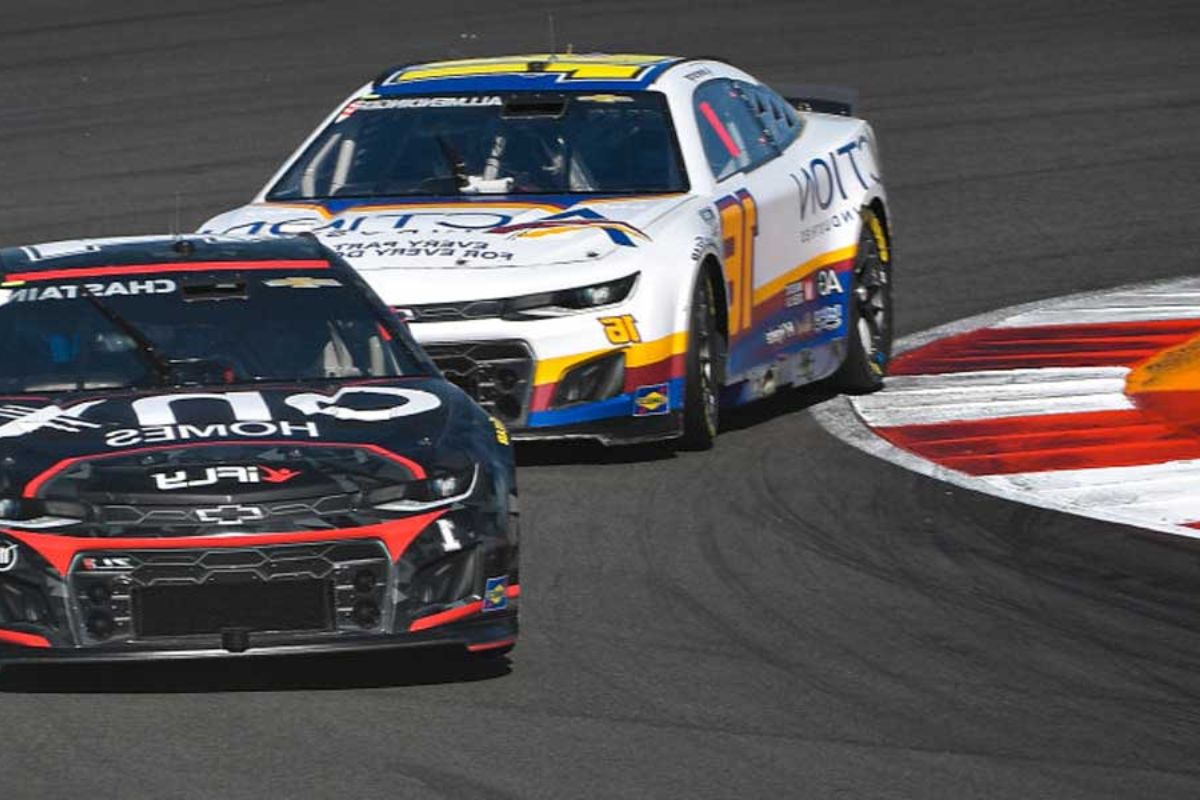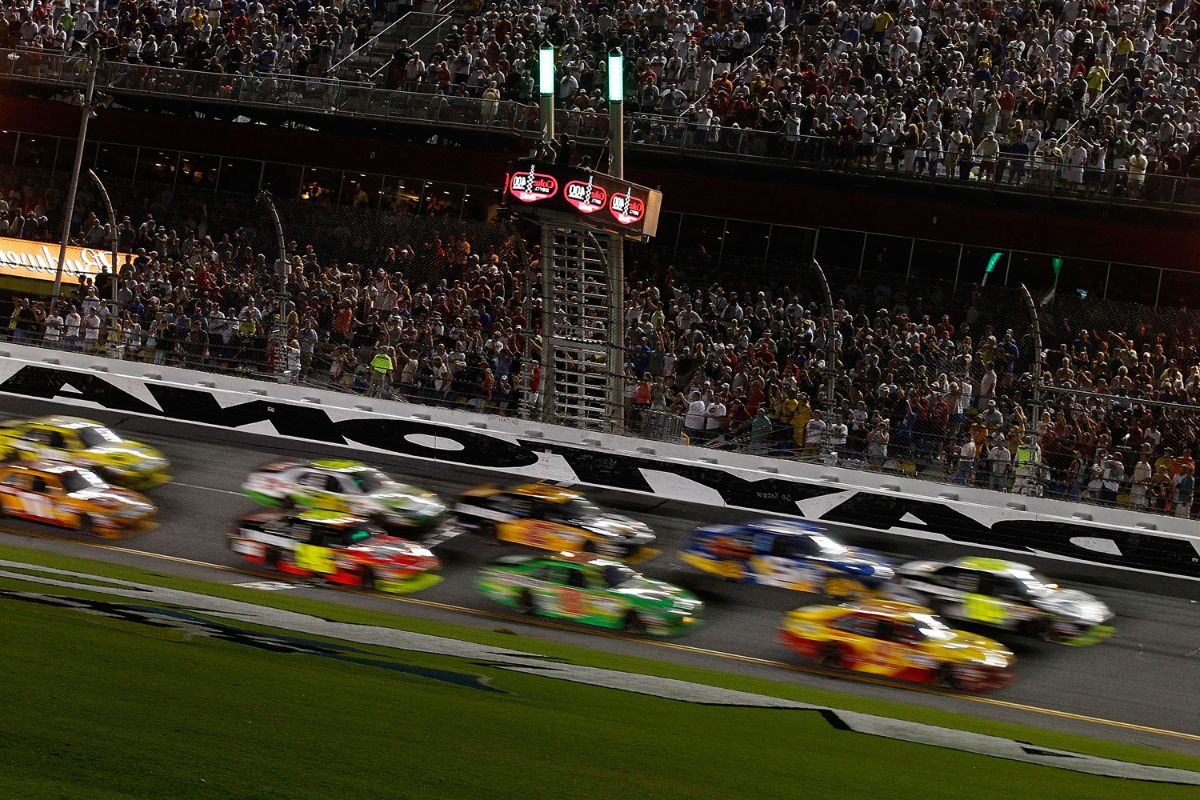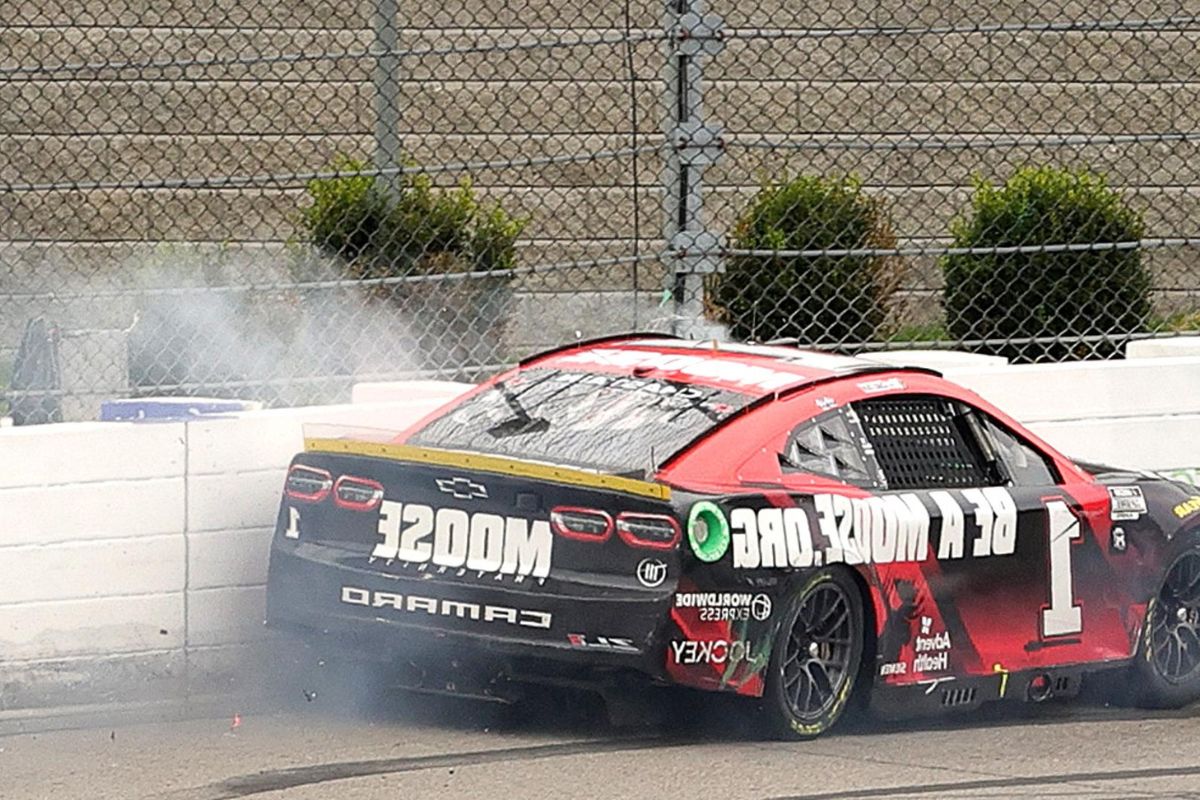Gentleman Rule in NASCAR: In the high-octane world of NASCAR, where speed and competition reign supreme, there once existed an unwritten code known as the Gentleman’s Rule. This unspoken agreement among drivers emphasized trust and respect on and off the track, creating an era that many fans look back upon with nostalgia.
But what exactly was the Gentleman’s Rule, and why did it hold such importance in the world of motorsports? By exploring the origin, purpose, and evolution of this rule, we can begin to unravel the layers of camaraderie and sportsmanship that shaped NASCAR’s past.
However, like any great story, the era of the Gentleman’s Rule was not without its challenges and eventual demise. Join us on this journey as we delve into the legacy of the Gentleman’s Rule and discover the lasting impact it has left on NASCAR.
Key Takeaways
– The Gentleman’s Rule in NASCAR was an unwritten agreement among drivers that emphasized trust, respect, and sportsmanship on and off the track.
– It created a unique era of camaraderie where drivers exercised restraint and avoided intentional collisions, valuing the integrity of the sport above personal glory.
– The Gentleman’s Rule emerged in the late ’90s and early 2000s as a self-policing agreement that maintained a level playing field and ensured a safe environment.
– While the rule faced challenges and ultimately saw its demise due to safety concerns and the need for more rigid and enforceable rules, it left a legacy of reverence for drivers who upheld the code of conduct and a nostalgic yearning for a time of fierce rivalries with mutual respect.

Gentleman’s Rule in NASCAR
During the golden era of NASCAR, a profound ethos of trust and respect among drivers gave birth to what is now known as the Gentleman’s Rule. This unwritten agreement served as the foundation for a unique era in the sport, where drivers exhibited a level of camaraderie and sportsmanship rarely seen in modern-day NASCAR.
The Gentleman’s Rule stipulated that drivers would exercise restraint and avoid intentional collisions or aggressive driving tactics that could endanger their fellow competitors. This code of conduct was born out of a deep-rooted understanding that racing was not only about winning, but also about fostering a sense of fair play and respect for one another. It was a time when drivers valued the integrity of the sport above personal glory, showcasing their skills while maintaining an unwavering commitment to sportsmanship.
The Gentleman’s Rule embodied the spirit of NASCAR during this era, creating an atmosphere of trust and respect that is cherished by fans and drivers alike.
Origin and Purpose of the Gentleman’s Rule
The foundation of the Gentleman’s Rule in NASCAR, which fostered a profound ethos of trust and respect among drivers, can be traced back to its origin and purpose during the golden era of the sport.
In the late ’90s and early 2000s, as NASCAR racing grew in popularity, the need for a code of conduct on the track became evident. The Gentleman’s Rule emerged as a unique self-policing agreement among drivers, emphasizing on-track etiquette and fair play. Unlike other sports, it relied solely on drivers’ commitment to mutual trust and fostering camaraderie among competitors.
The purpose of the Gentleman’s Rule was to maintain a level playing field and ensure a safe and respectful environment for all drivers, promoting fair competition and minimizing unnecessary accidents. It created a culture of sportsmanship that transcended the mere pursuit of victory, making NASCAR races not just battles for supremacy, but also showcases of integrity and mutual respect.
Historical Context and Evolution of the Rule
Originating in the 1970s, the Gentleman’s Rule has undergone significant historical context and evolution, shaping the ethos of trust and respect that defines NASCAR racing today. Over the years, the rule has adapted to the changing landscape of the sport, reflecting advancements in technology and addressing new challenges that arise.
The historical context and evolution of the rule can be seen in various aspects:
– Implementation of electronic scoring systems, replacing human scorers, led to a more accurate determination of car positions during caution periods.
– The rule evolved to discourage drivers from racing back to the line, ensuring safer conditions and minimizing potential accidents.
– NASCAR’s commitment to fair play and sportsmanship led to the strengthening of the Gentleman’s Rule, reinforcing the importance of respect and trust among competitors.
– The rule has become an integral part of NASCAR’s identity, symbolizing the sport’s dedication to maintaining a level playing field and fostering a sense of camaraderie among drivers.
Through its historical development, the Gentleman’s Rule has become a cornerstone of NASCAR, embodying the values of integrity and honor that continue to define the sport.

Challenges and Demise of the Gentleman’s Rule
As NASCAR’s Gentleman’s Rule evolved alongside the sport, facing various challenges and adaptations, it eventually encountered obstacles that would ultimately lead to its demise.
Despite its effectiveness, incidents like Robby Gordon passing under caution and Dale Jarrett’s crash in New Hampshire raised concerns about the safety implications of the Gentleman’s Rule. In response, NASCAR revised the rule and introduced new safety protocols.
Additionally, the Lucky Dog Rule was implemented to provide a fair chance for lapped cars to regain their position on the lead lap. However, these changes marked a departure from the spirit of trust and respect that the Gentleman’s Rule had embodied.
As the sport became more competitive and driven by a win-at-all-costs mentality, the need for a more rigid and enforceable set of rules became apparent, leading to the ultimate demise of the Gentleman’s Rule.
Legacy and Nostalgia of the Gentleman’s Rule
With its legacy firmly rooted in NASCAR’s history, the Gentleman’s Rule stands as a nostalgic reminder of a bygone era characterized by mutual respect and camaraderie on the racetrack. As we reflect on this rule, we can’t help but feel a sense of longing and admiration for the values it represented.
The legacy of the Gentleman’s Rule evokes emotions of:
– Reverence for the drivers who upheld the code of conduct, showcasing their sportsmanship and integrity.
– Yearning for a time when rivalries were fierce but never compromised the mutual respect between competitors.
– Awe at the level of trust and understanding that existed among drivers, allowing them to race side by side without fear.
– Fondness for the memories of drivers pushing the limits of their cars while maintaining a gentlemanly demeanor.
The Gentleman’s Rule may have faded away, but its legacy lives on, reminding us of a simpler and more respectful era in NASCAR.

Conclusion of Gentleman Rule in NASCAR
The Gentleman’s Rule in NASCAR played a significant role in fostering trust and respect among drivers. Originating from a time when racing was more about camaraderie than cutthroat competition, the rule evolved over the years to adapt to changing circumstances.
However, challenges and the ever-increasing competitiveness eventually led to its demise. Nevertheless, the legacy and nostalgia of the Gentleman’s Rule continue to remind us of a bygone era where sportsmanship and honor prevailed on the racetrack.
ALSO READ: NASCAR 2024 Cup Series Rules: Short Tracks in the Spotlight
